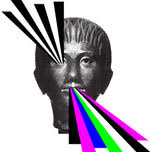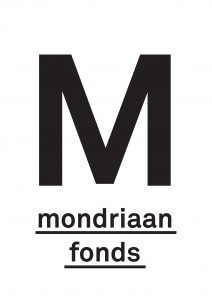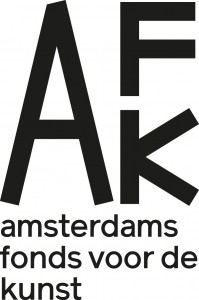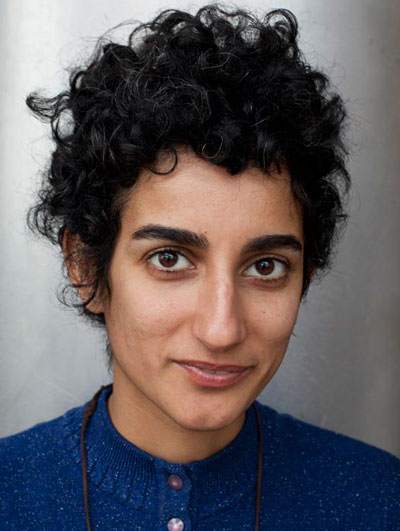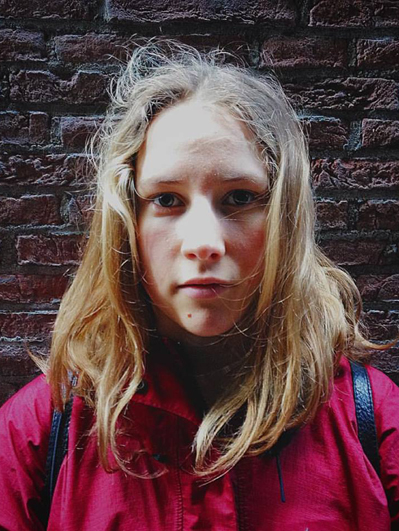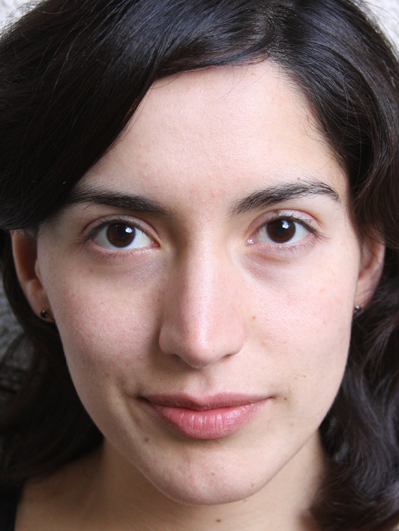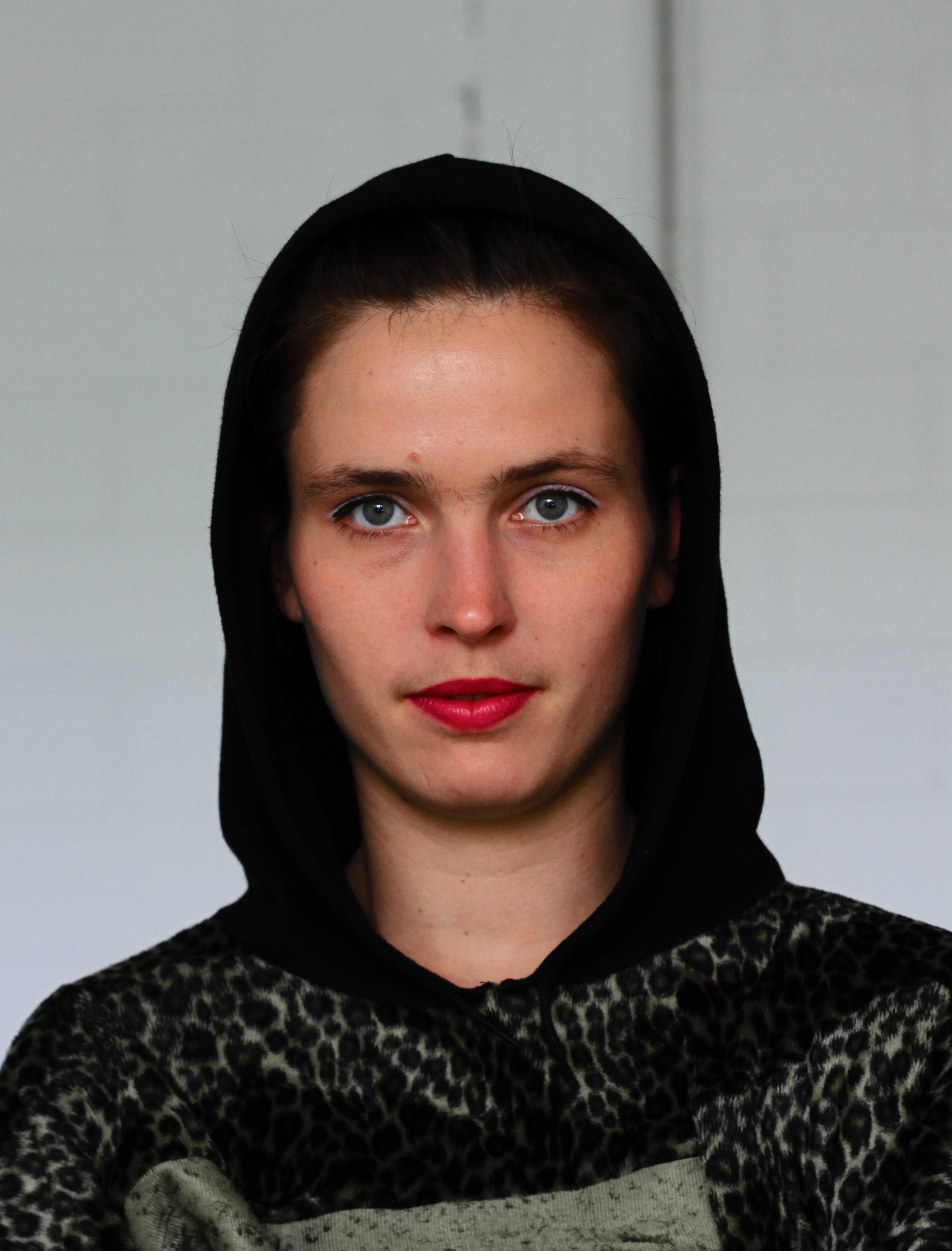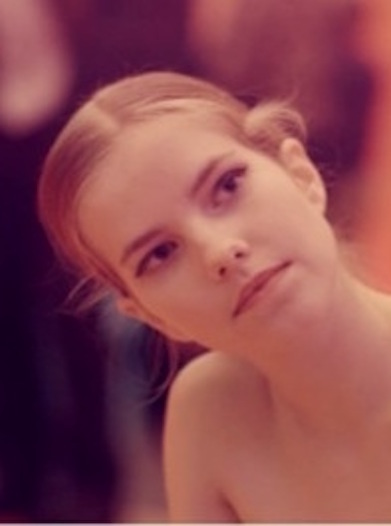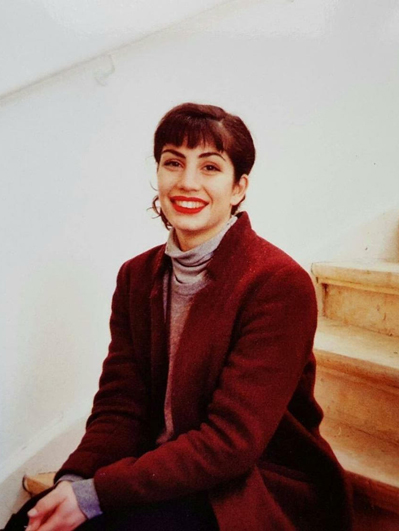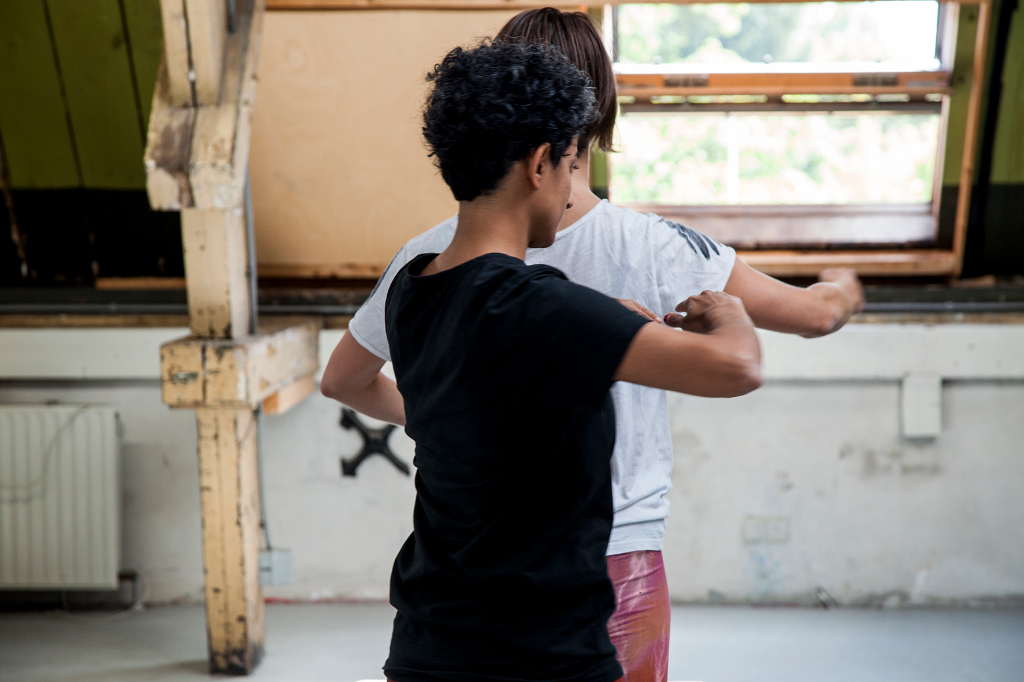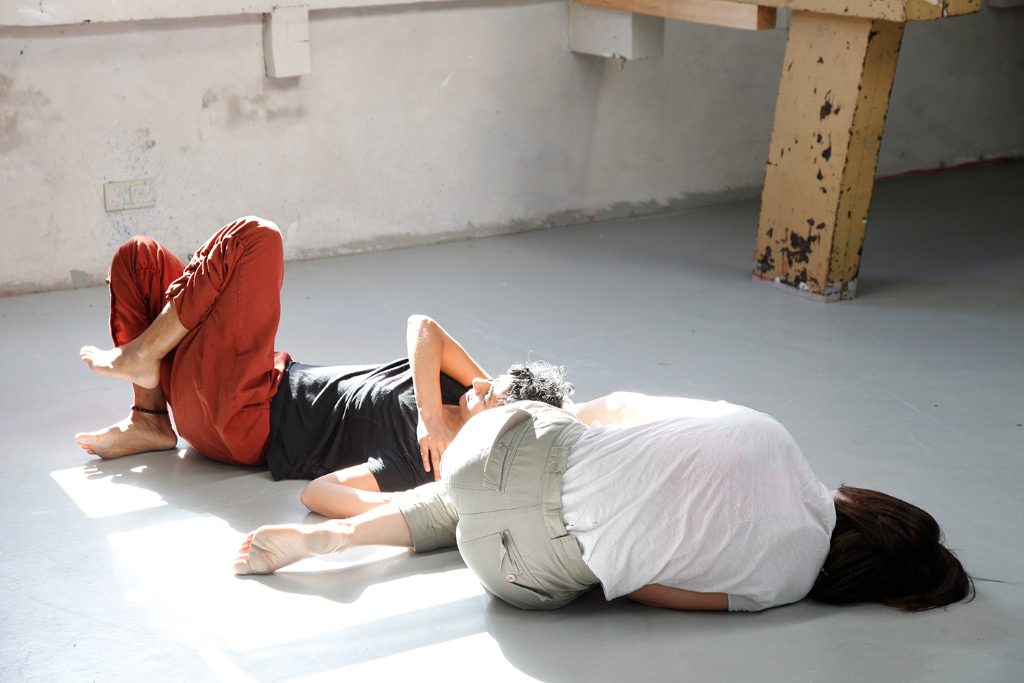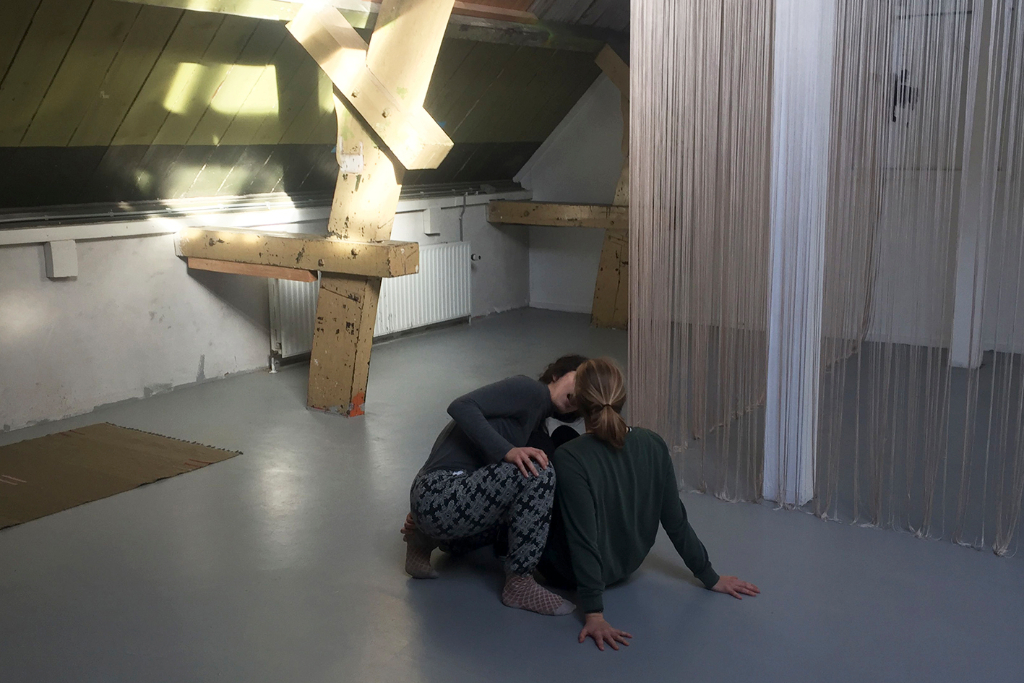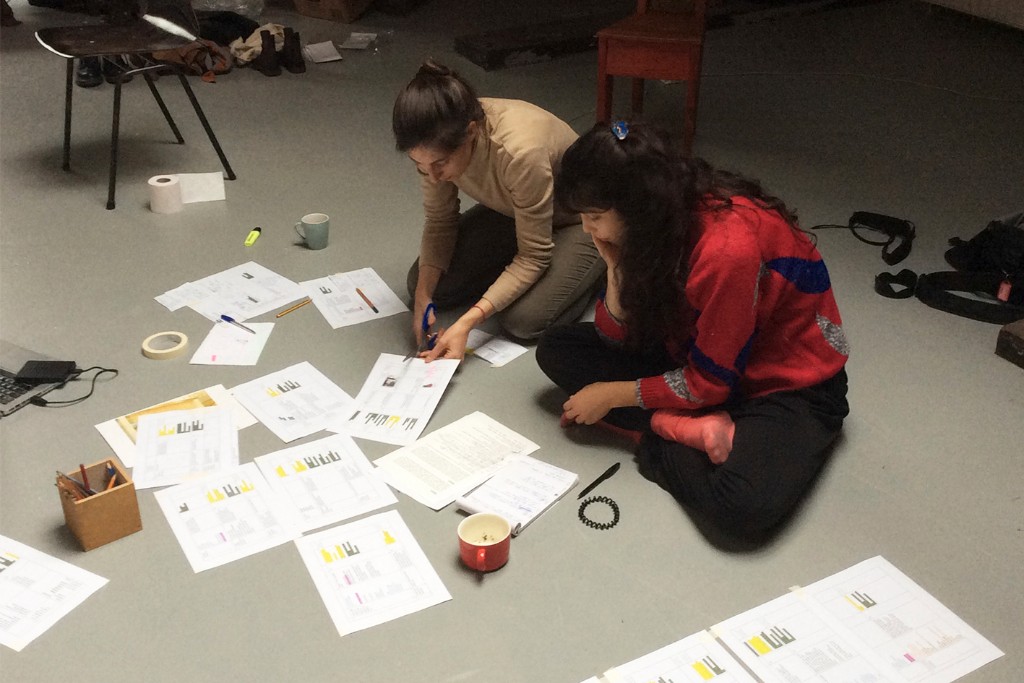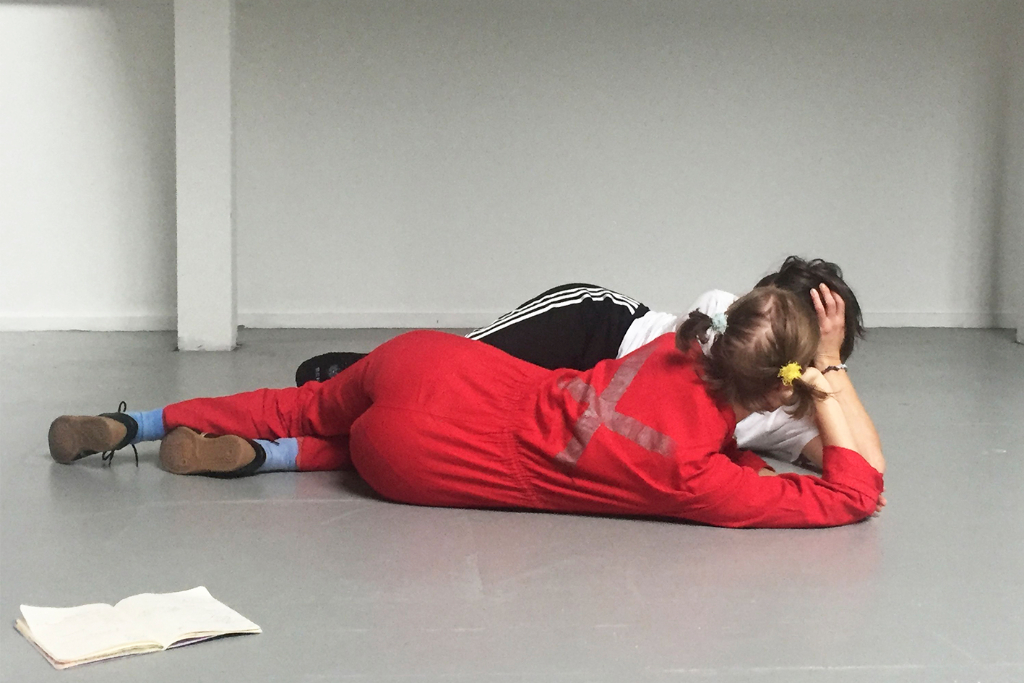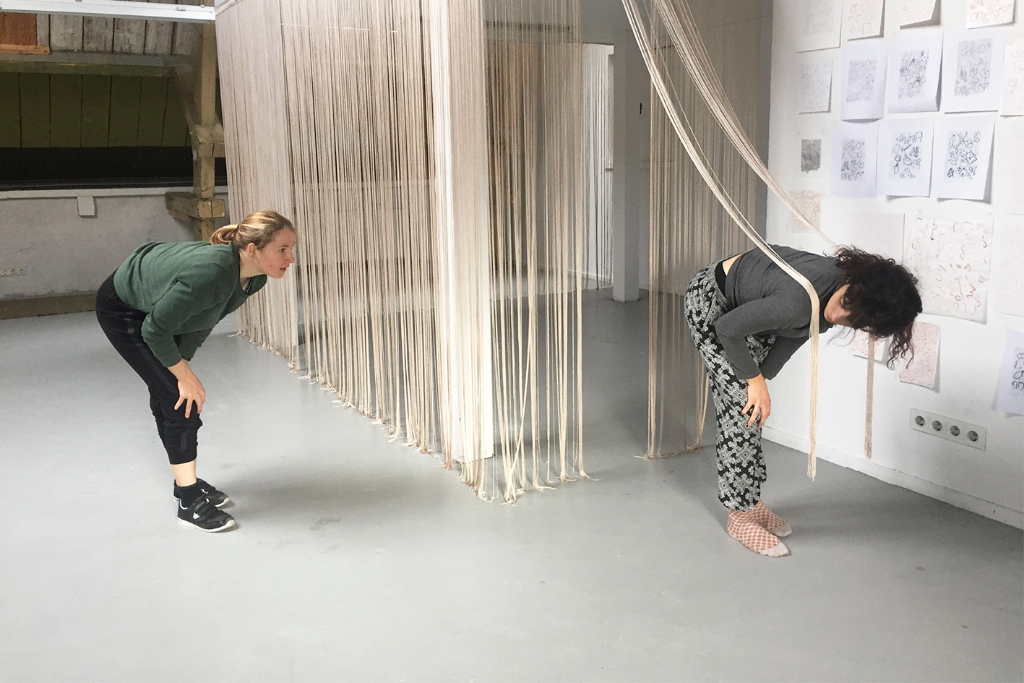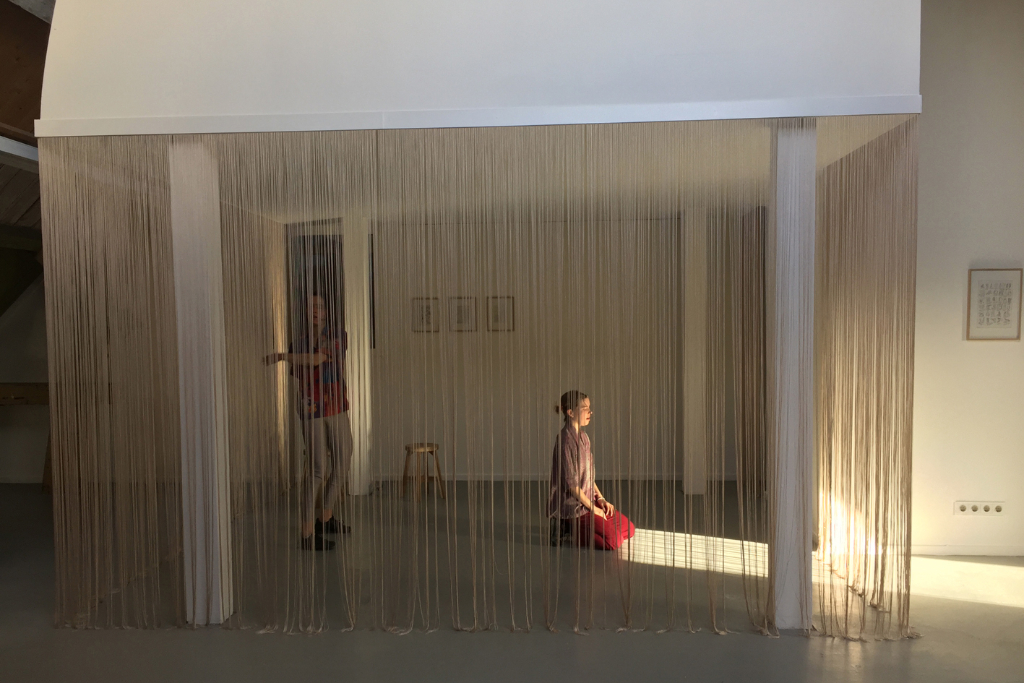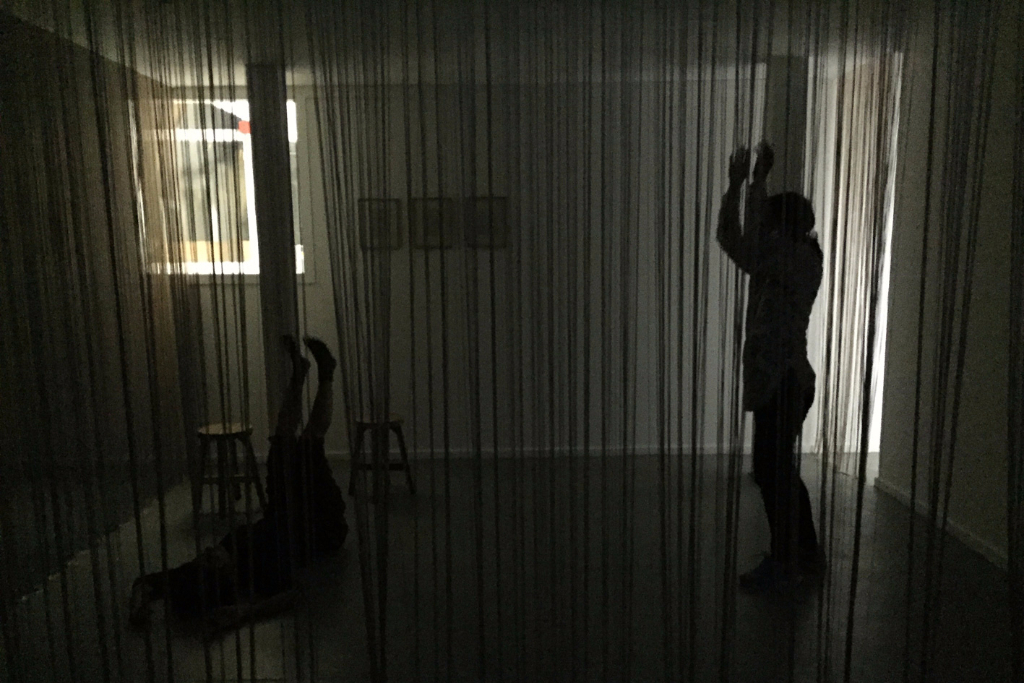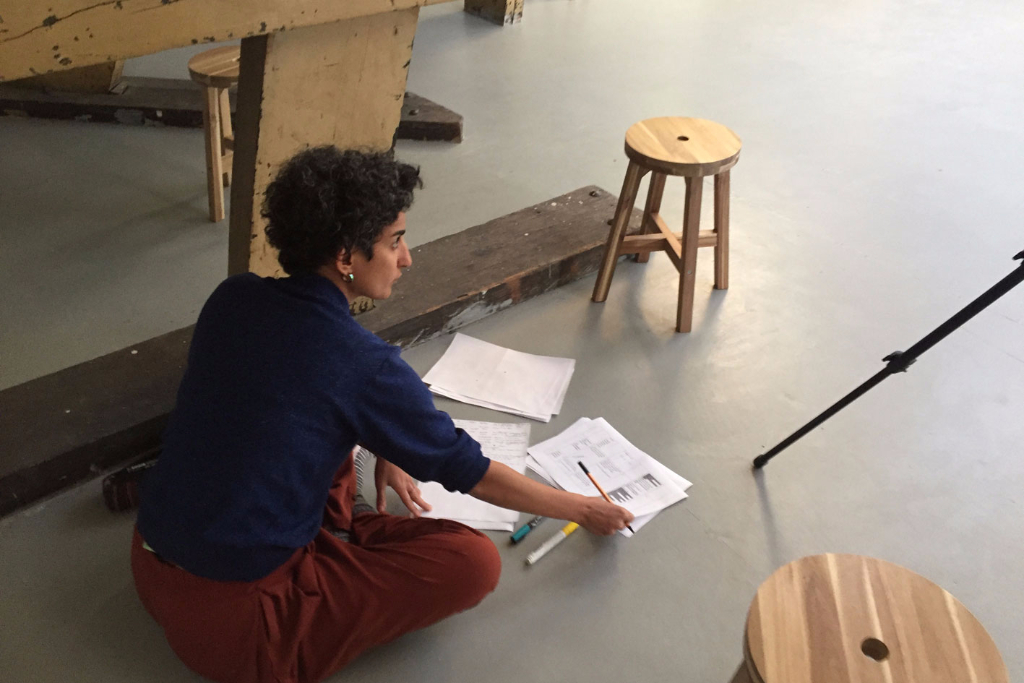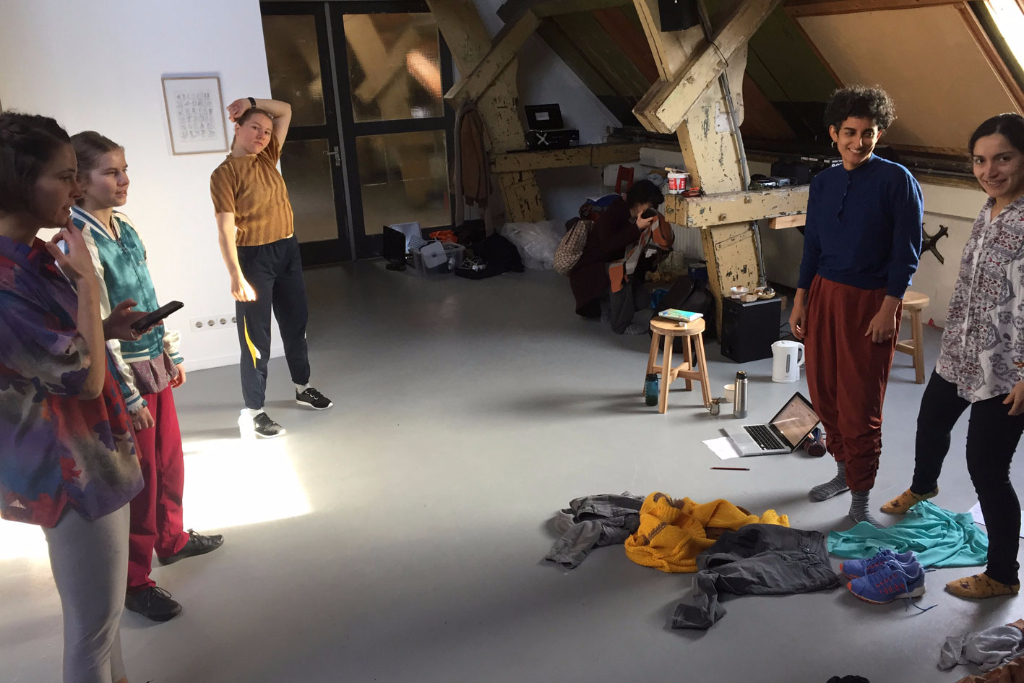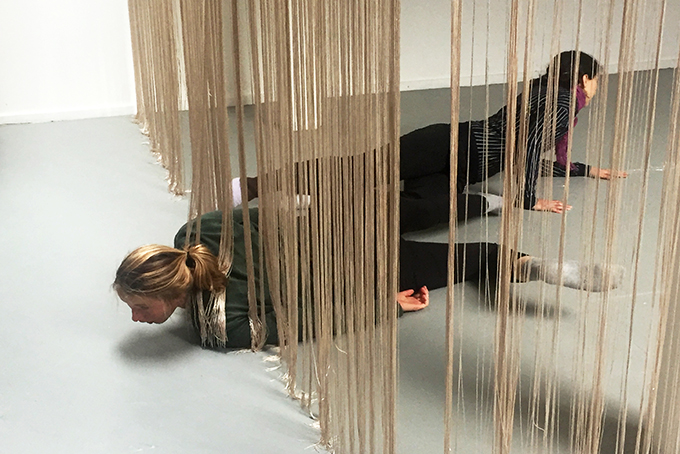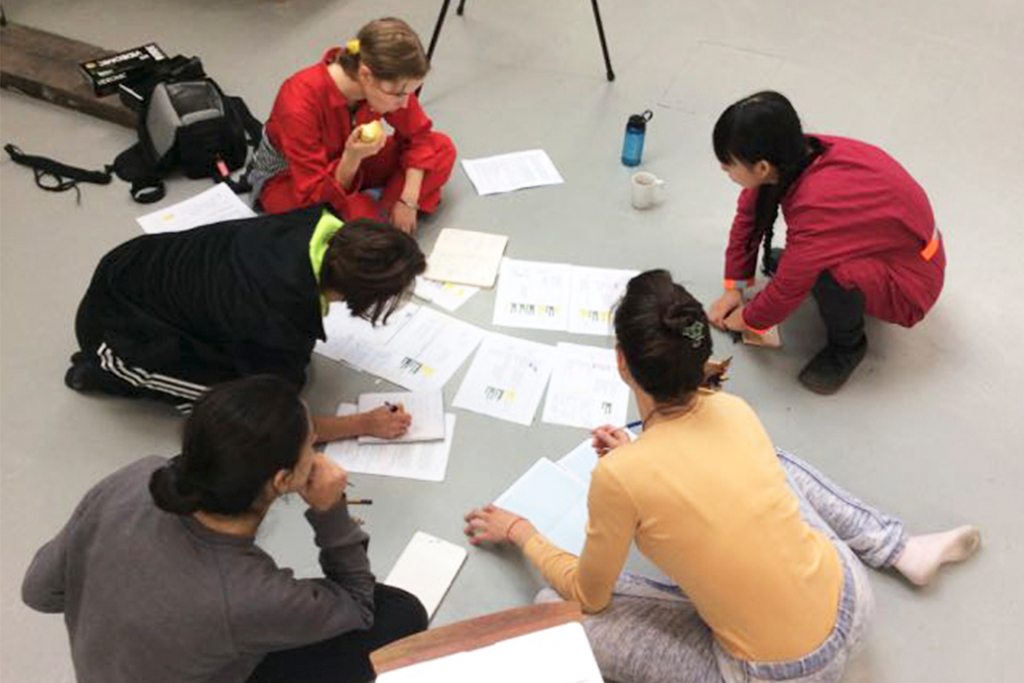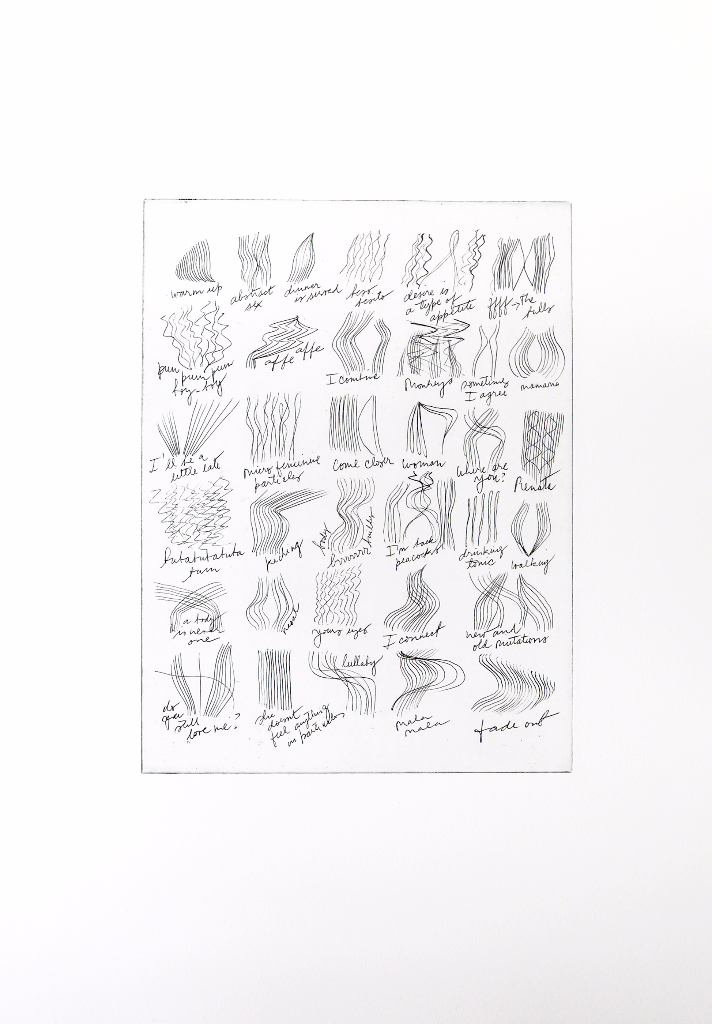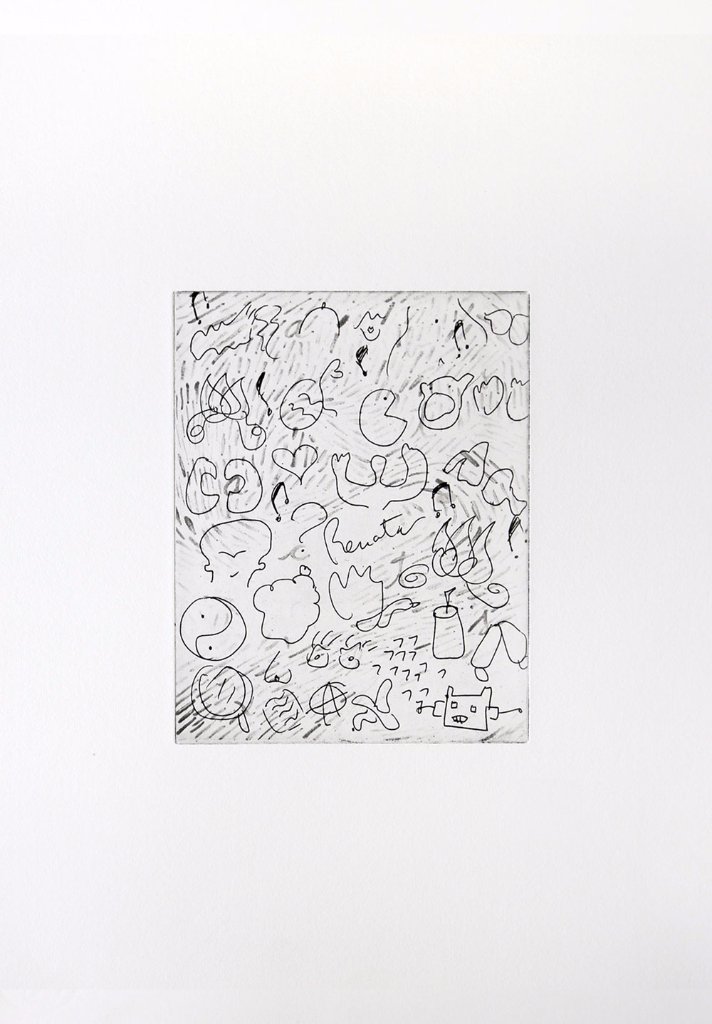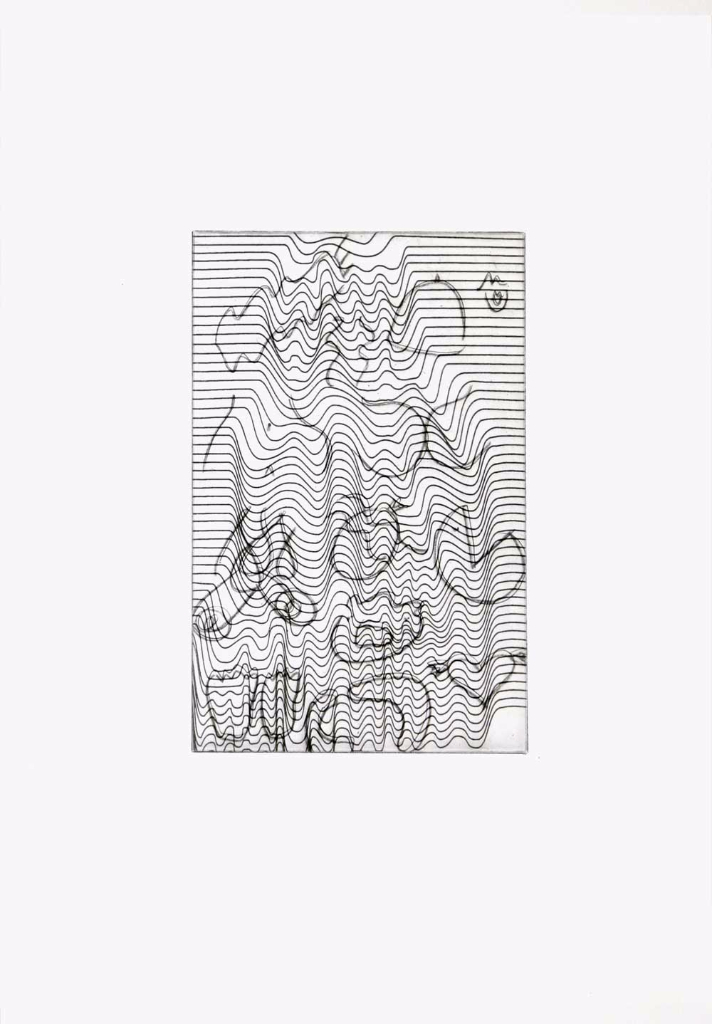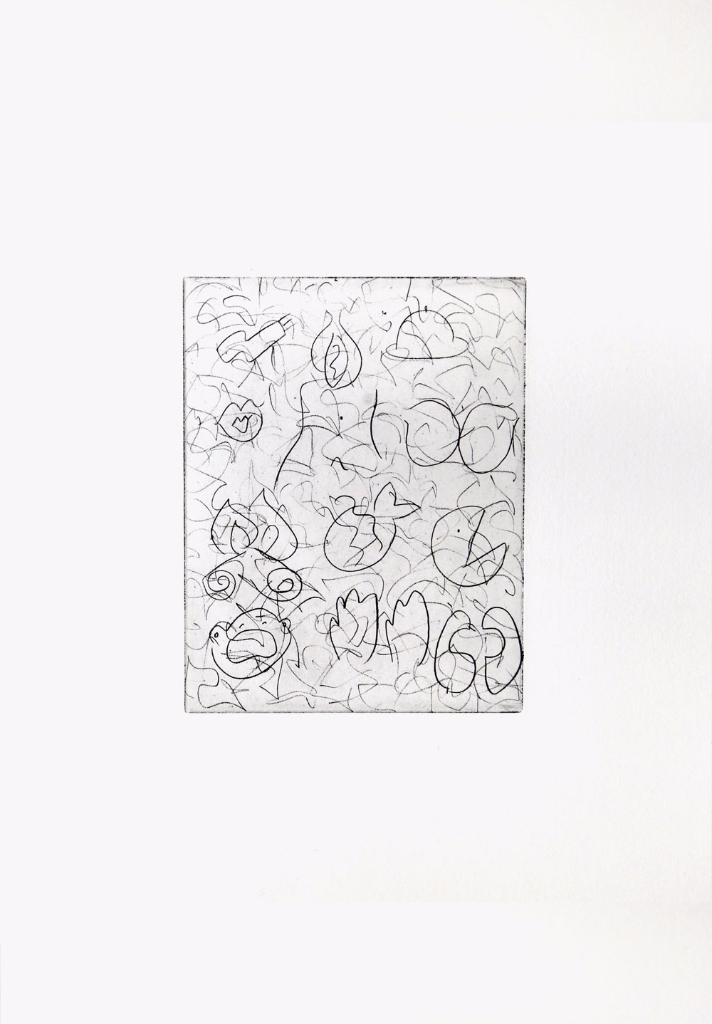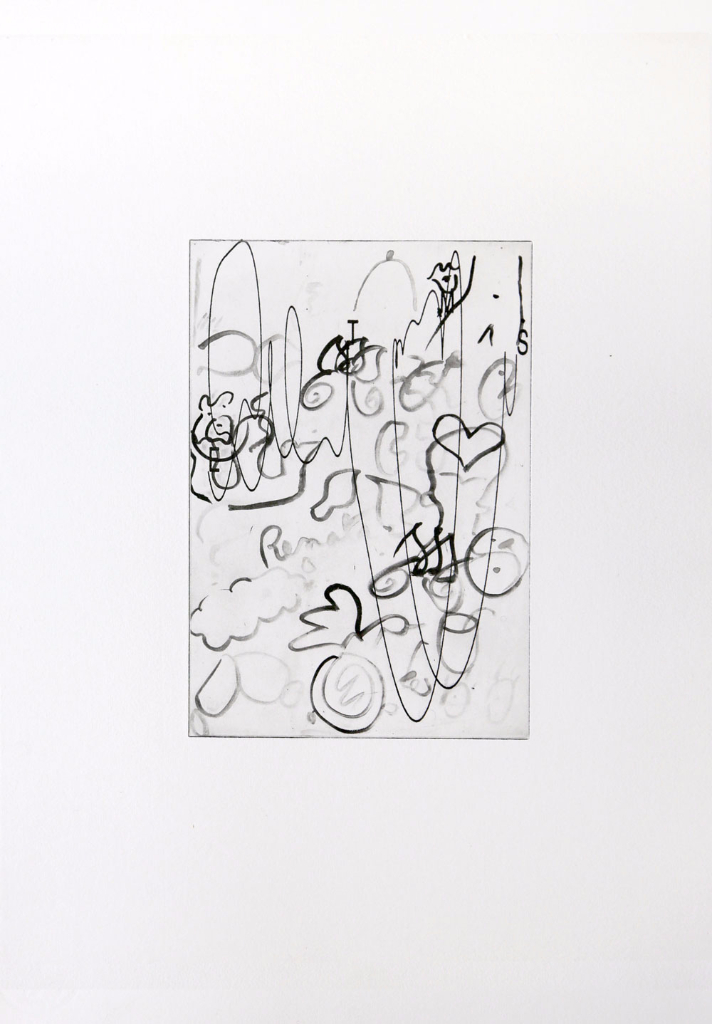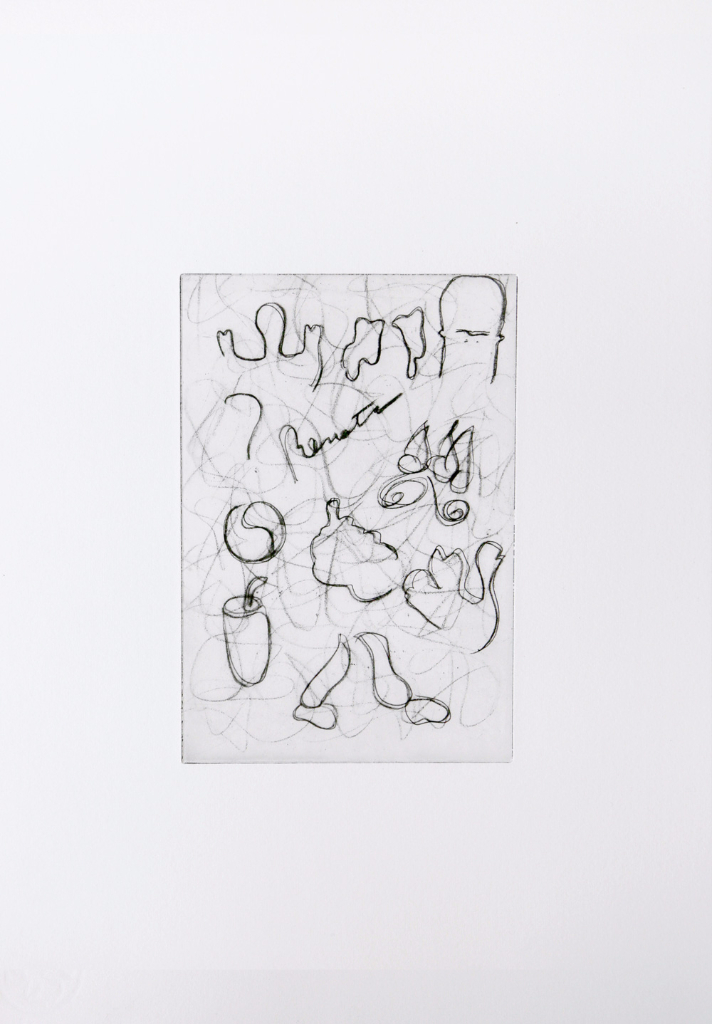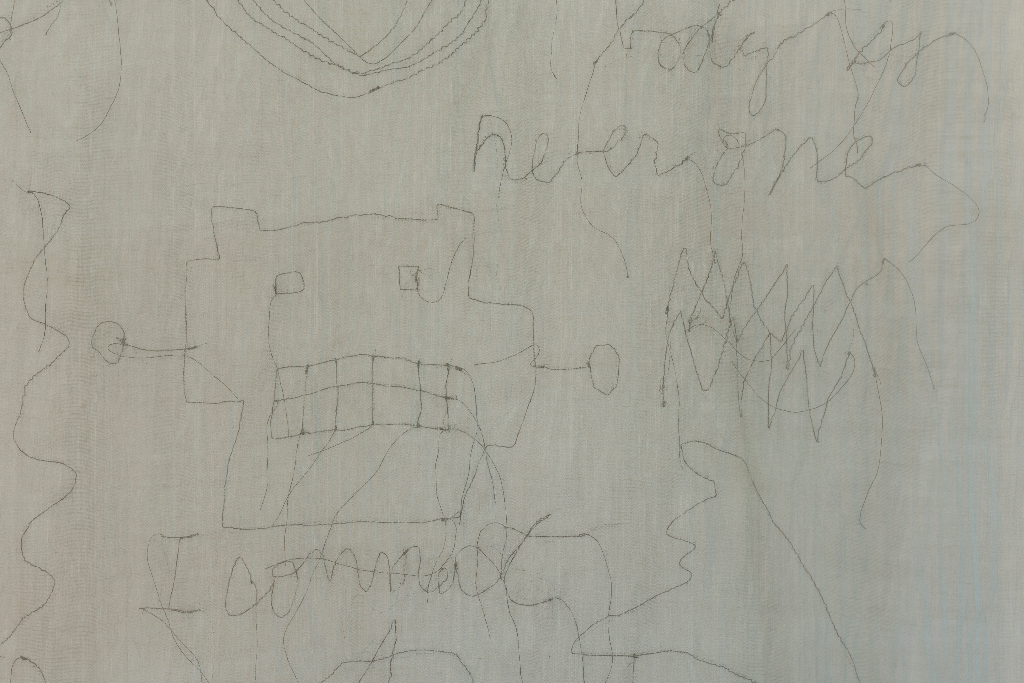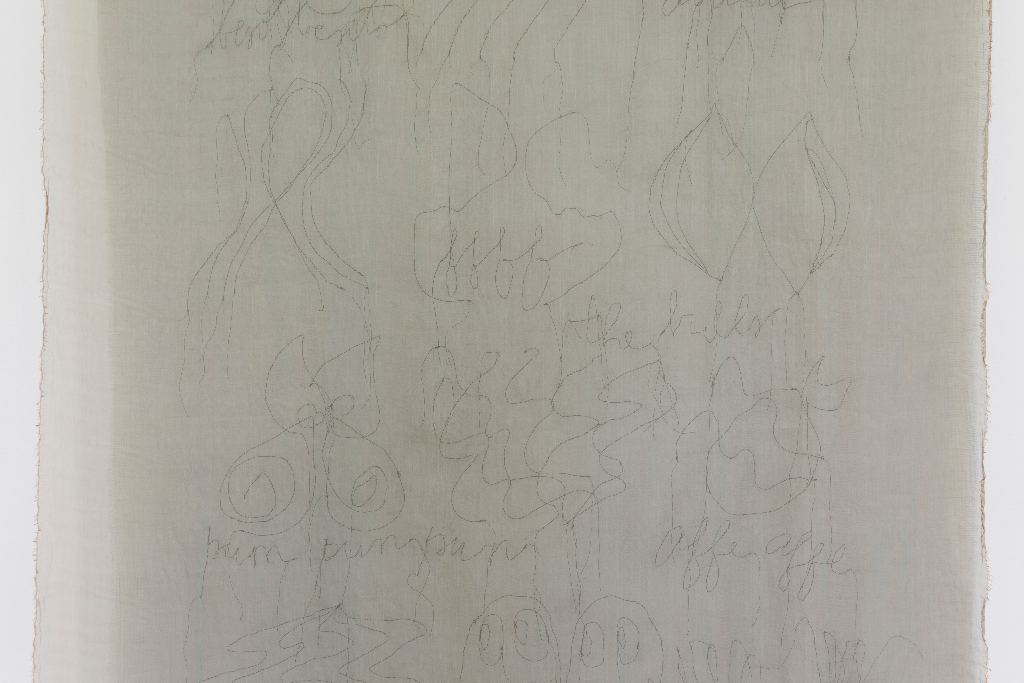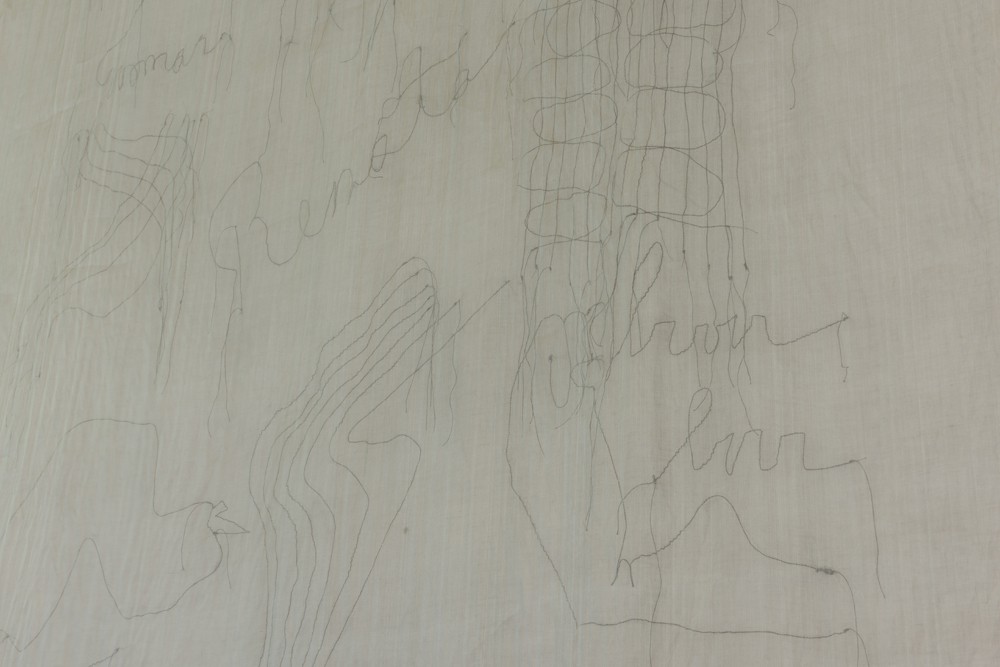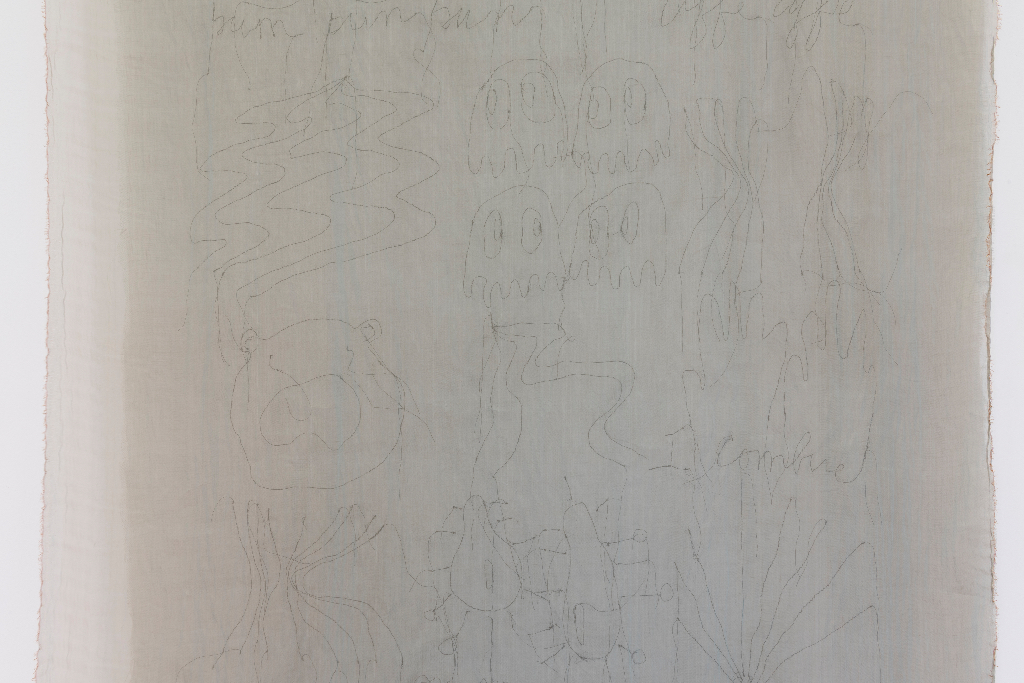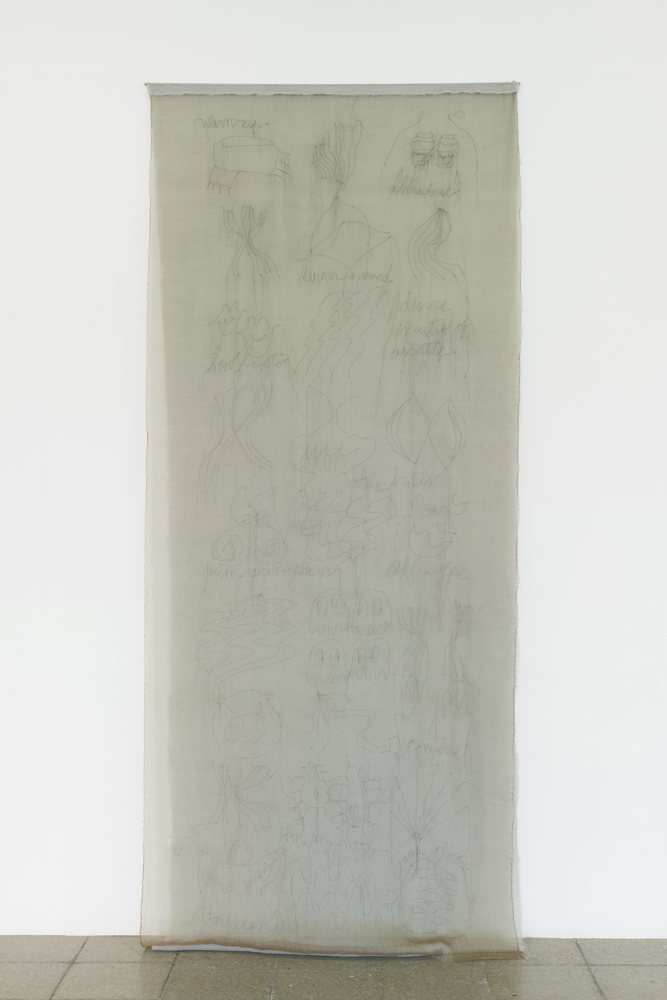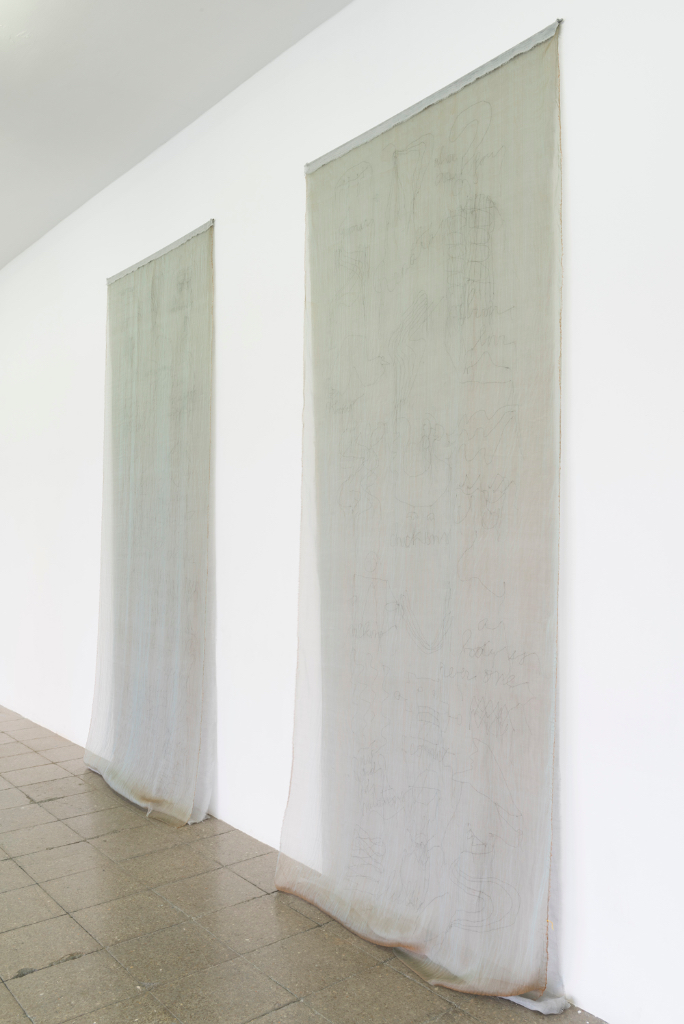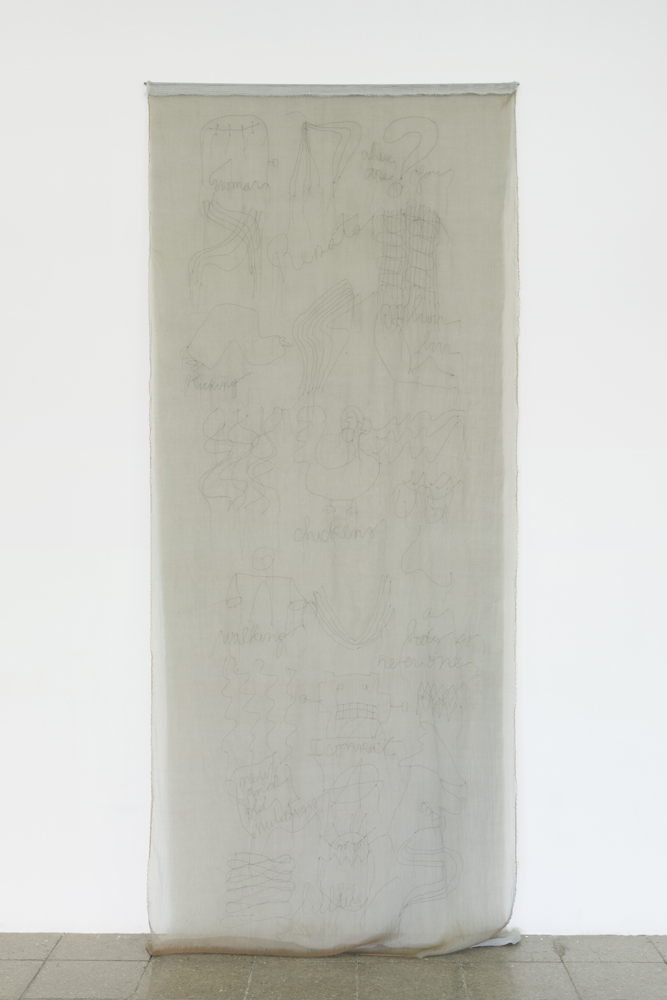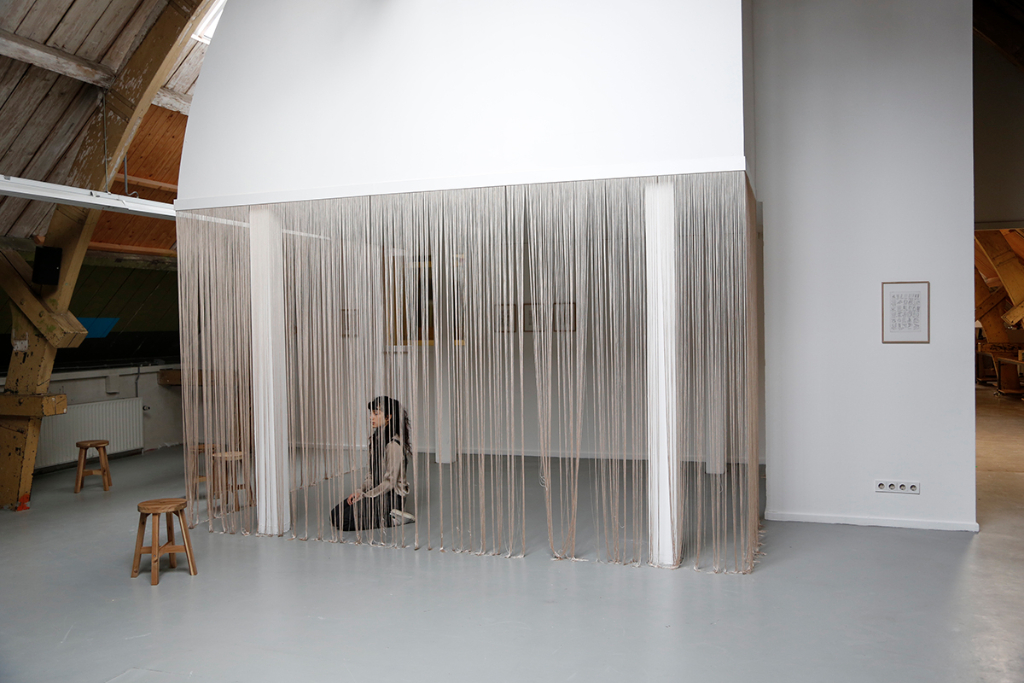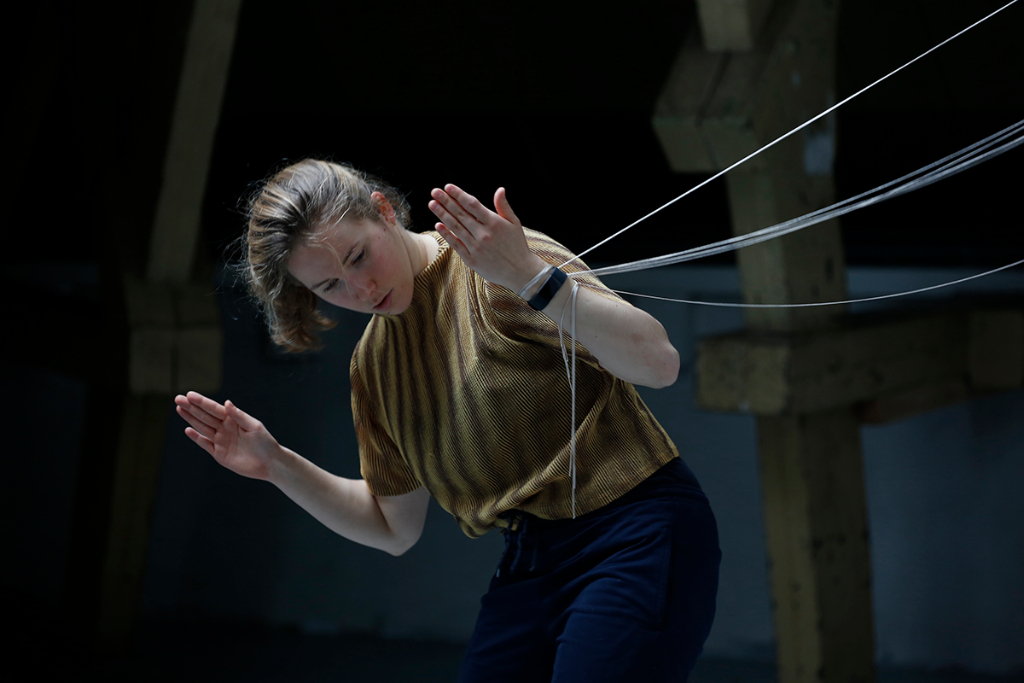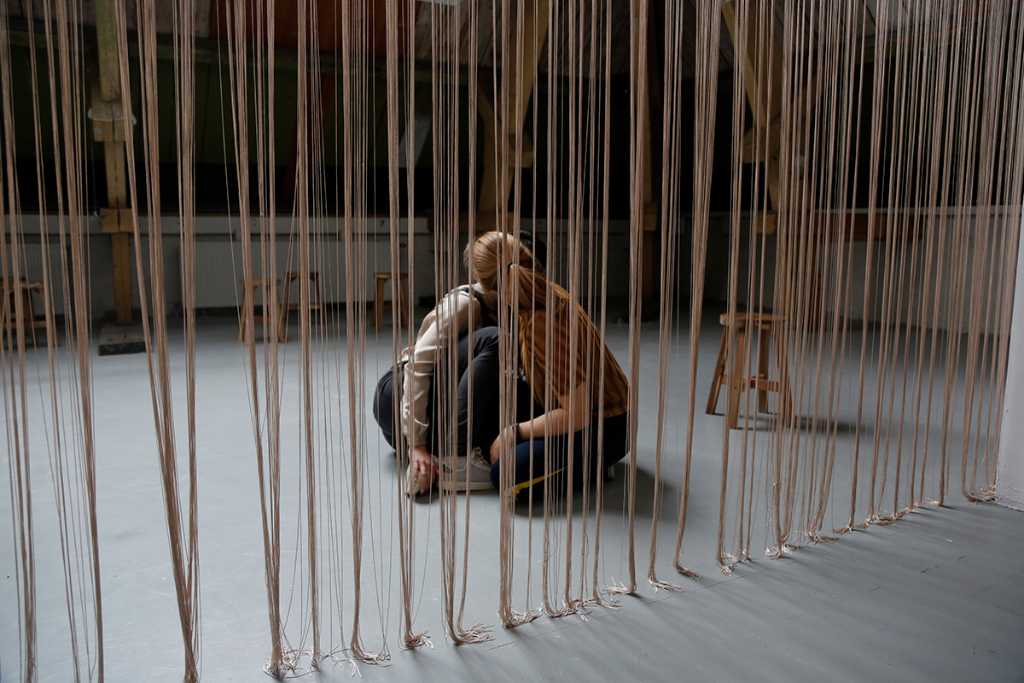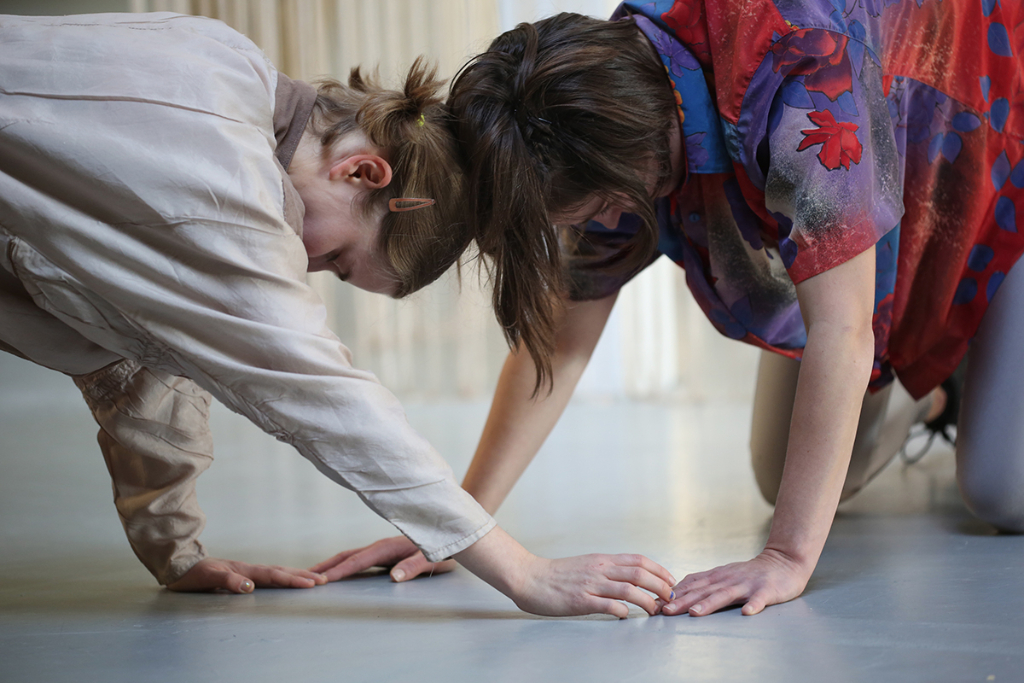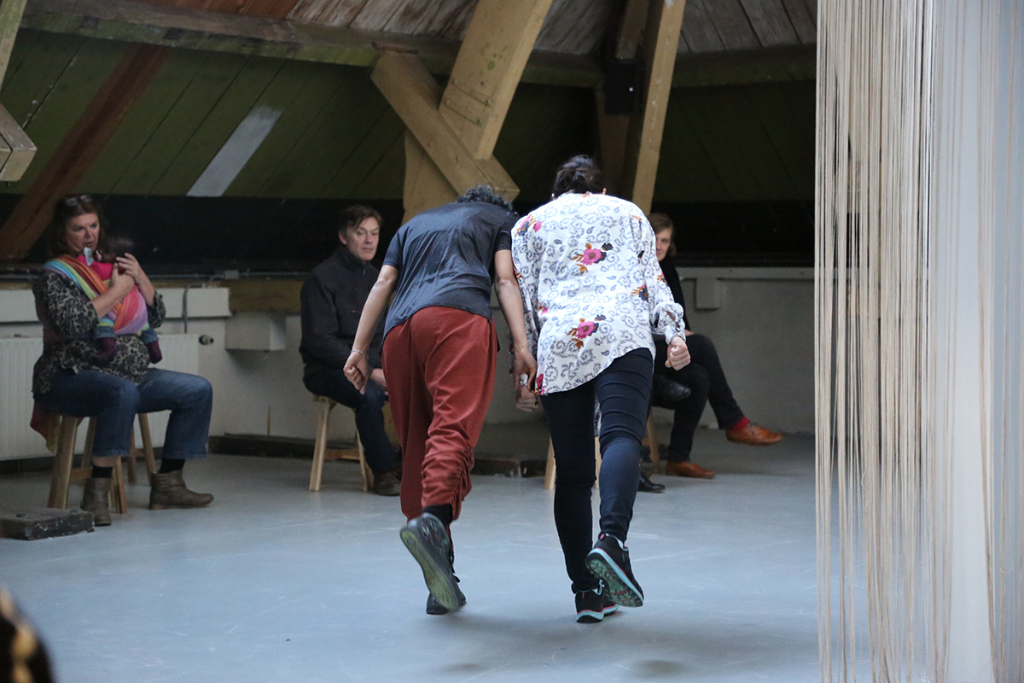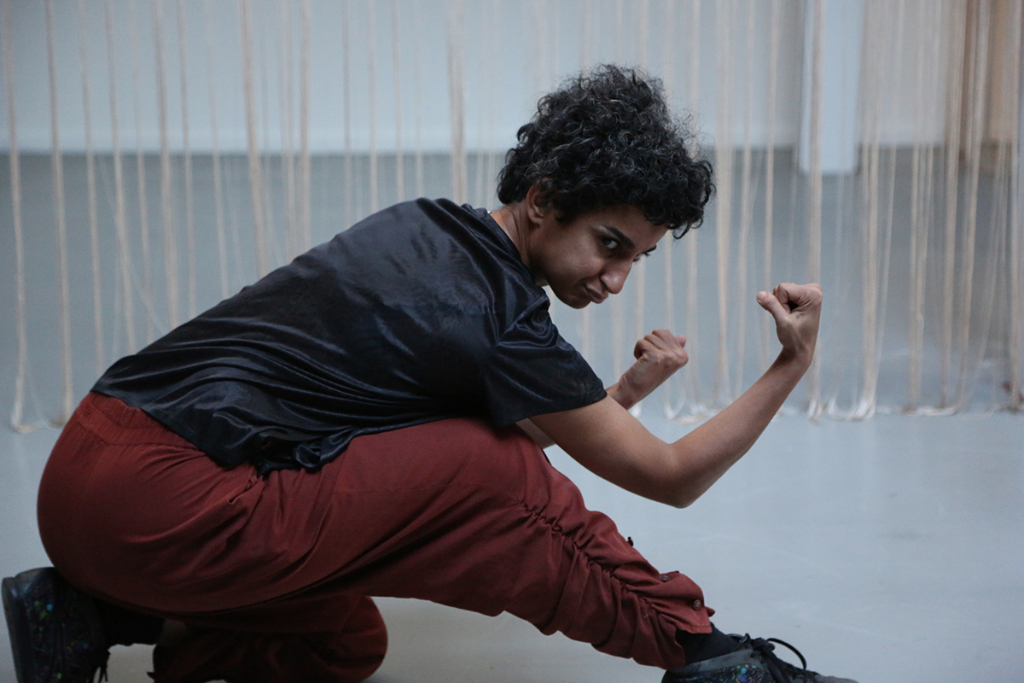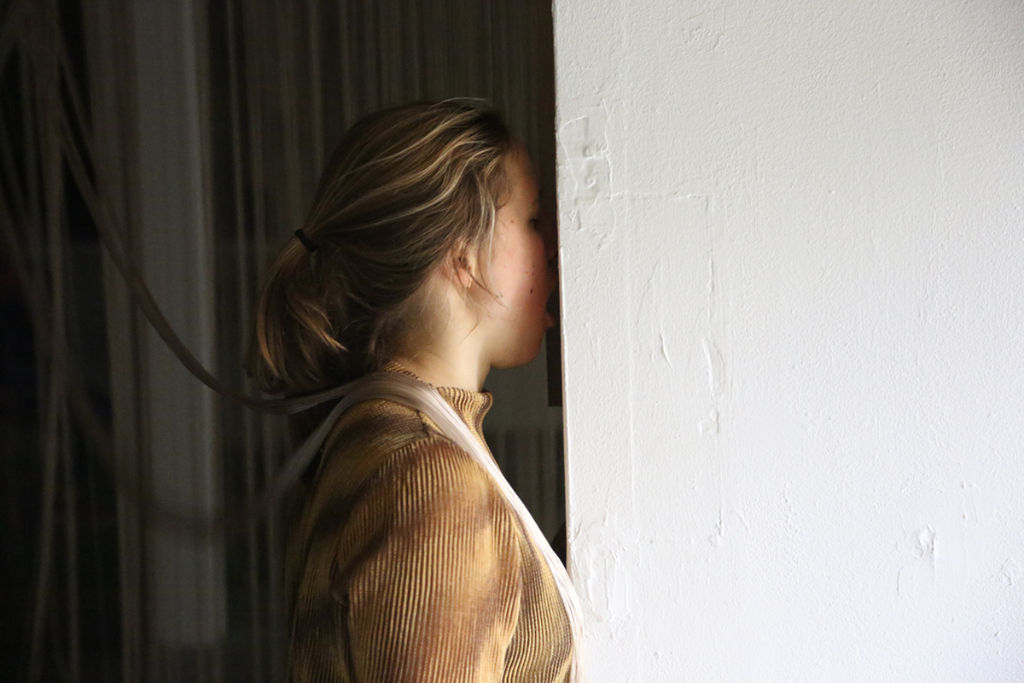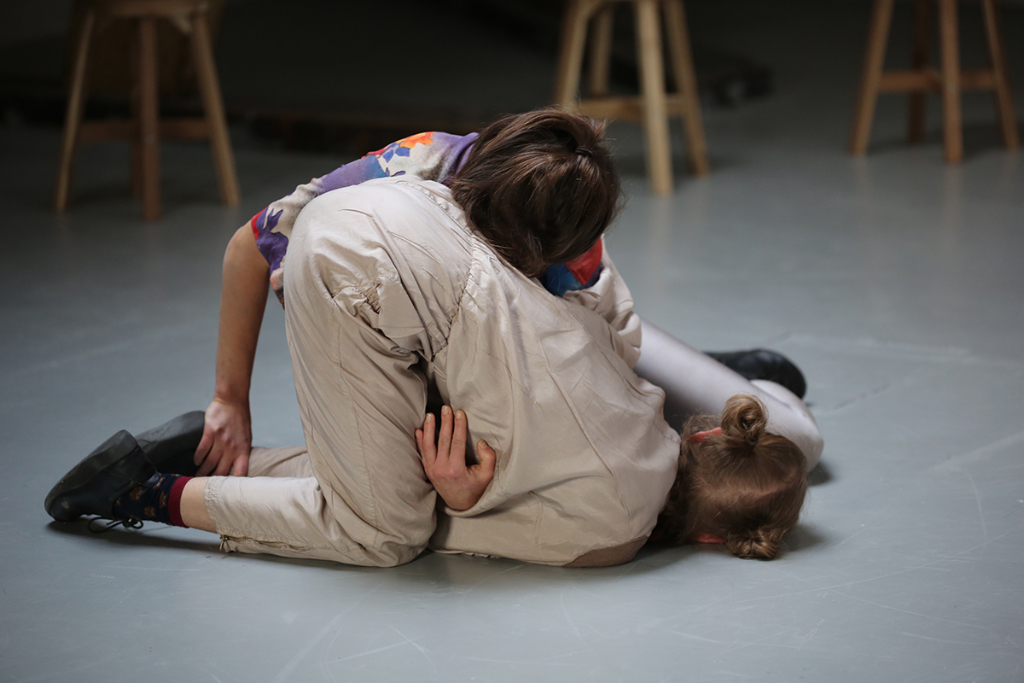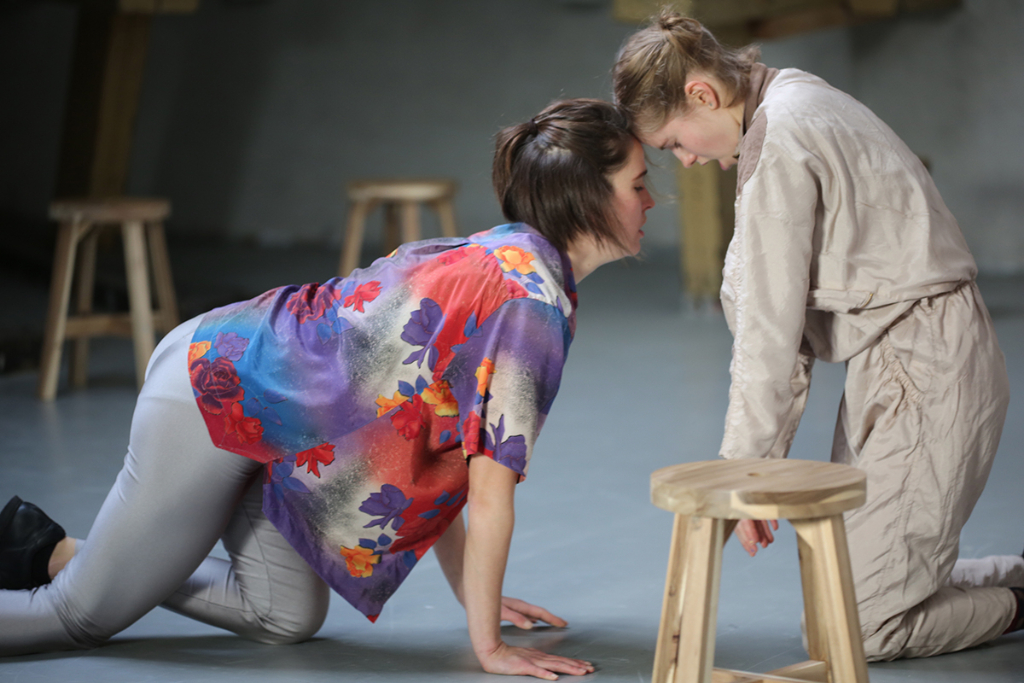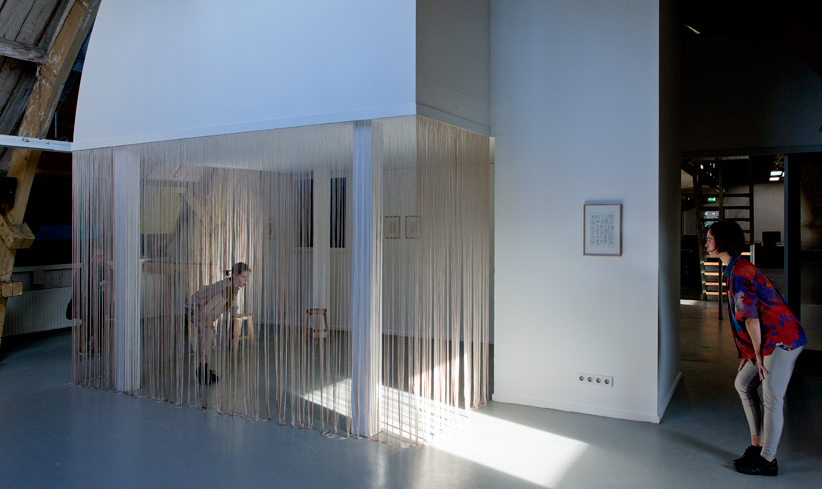Molecular Love
Lorsque vous lui aurez fait un corps sans organes, alors vous l´aurez délivré de tous ses automatismes et rendu à sa véritable liberté.
Antonin Artaud´s radio play Pour en finir avec le jugement de dieu (1947)
Molecular Love is a work that unfolds from a previous research that was focused on a Spinozean account of the mind and the body. The work stems from this vintage point whilst at the same time considers it from a feminist perspective by addressing the political dimension of female-desire. The affective quality of language and voice, and the intimacy and estrangement of two bodies in constant motion are central themes in this work.
Molecular Love brings together dance, performance, visual art and sound in the form of an ongoing live work. The script is composed out of bits of poetry, rhythmic sequences, and cadenced and playful deconstructed words. A sound piece containing part of the script breaks in and out into the space inviting the dancers to interact with it either physically or vocally.
The space is a bare but delimited space, where two dancers interact with each other while using their voices. A second space is marked by a string curtain, creating a more protective environment that allows dancers and audience to come in and out. The natural light offers to the viewer different perceptions according to the moment of the day they visit the work.
The choreography, fed from the sound the body makes together with the sound piece, evolves very slowly as if seen in slow motion, like a molecule expanding and contracting. A loose methodology brings contingency and makes room for improvisation, association and more playfulness. Starting point is sensing and understanding the other through non-rational relations.
Molecular Love is enacted by an all female team of artists that helps to define what a female body means nowadays beyond its reproductive function, how female desire and politics are connected and what are the affective qualities that bind together voice, body and writing. A series of drawings in the form of photo-etchings display different ways the script is notated.
Molecular Love
Lorsque vous lui aurez fait un corps sans organes, alors vous l´aurez délivré de tous ses automatismes et rendu à sa véritable liberté.
Antonin Artaud´s radio play Pour en finir avec le jugement de dieu (1947)
Molecular Love es un trabajo que se despliega a partir de una investigación anterior sobre la noción Spinozeana de la mente y el cuerpo. El trabajo toma este punto de partida y al mismo tiempo lo considera desde una perspectiva contemporánea feminista abordando la dimensión política del deseo femenino. La calidad afectiva del lenguaje y la voz, y la intimidad y alejamiento de dos cuerpos en constante movimiento son también temas centrales en este trabajo.
Molecular Love reúne la danza, la performance, el arte visual y el sonido y le da forma a través de un trabajo en vivo y en continuo. El guión se compone de fragmentos de poesía, secuencias rítmicas y cadencias; y palabras de-construidas de manera lúdica. Una pieza sonora que contiene parte del guión irrumpe en el espacio de manera intermitente, invitando a los cuerpos a interactuar con ella, ya sea física o vocalmente.
El espacio es un espacio desnudo pero delimitado, donde dos cuerpos interactúan entre sí mientras utilizan sus voces. Un segundo espacio está marcado por una cortina, creando un ambiente más protector que a su vez deja entrar y salir a los cuerpos en escena y al público. La luz natural ofrece al espectador diferentes percepciones según el momento del día que visitan la obra.
La coreografía, alimentada por el sonido que el cuerpo hace junto con la pieza sonora, evoluciona muy lentamente como si se viese en cámara lenta, como una molécula que se expande y contrae. Una metodología holgada trae contingencia y da lugar a la improvisación, la asociación y al juego. El punto de partida es la percepción y la comprensión del otro a través de relaciones no racionales.
Molecular Love es realizado por un equipo femenino de artistas que ayuda a definir lo que un cuerpo femenino significa hoy en día más allá de su función reproductiva, cómo el deseo femenino y la política están conectados y cuáles son las cualidades afectivas que unen la voz, el cuerpo y la escritura. Una serie de dibujos en forma de foto-grabados muestran diferentes maneras en las que el guión ha sido anotado.
The script
The Scene:
A small living cell hosts a molecule in constant motion. Happily lost sometime in the future, this molecule composed of two atoms, does not form a tissue nor an organ, but rather a body without organs. The molecule takes a path of random steps through the female body ́s sexuality and reproduction system, its relationship with other bodies, bacterial sex and other forms of sex where the body is no longer a singular natural thing but rather something made out of multiple elements. Through a sensitive and playful relationship, voice and body come together seen, at times, through a free diffusing membrane. The two atoms of this molecule, change their shape, get closer, expand, copy each other, listen to each other, have a dialogue, come apart, fall in love.
Scene 1: she doesn’t feel anything in particular
Scene 2: warm-up
Scene 3: a-b-s-t-r-a-c-t-s-e-x
Scene 4: dinner is served
Scene 5: beso besito
Scene 6: desire is a type of appetite
Scene 7: fffffffffff -the bulls
Scene 8: pum-pum-boy-boy + chihuahua
Scene 9: a-f-f-e-a-f-f-e-dead fish
Scene 10: I combine, you combine
Scene 11: monkey
Scene 12: almost never
Scene 13: mamamamama
Scene 14: I´ll be a little late
Scene 15: micro feminine particles
Scene 16: come closer
Scene 17: woman, where are you?
Scene 18: on the shore by the stage, shall i pick you up?
Scene 19: Renata
Scene 20: bubabubabubabum
Scene 21: kicking, crawling, pushing, reaching
Scene 22: brrrrrrrr -body builders
Scene 23: I´m back -the peacocks
Scene 24: the giants -drinking tonic
Scene 25: walking through the fields of potential
Scene 26: a body is never one
Scene 27: nasal
Scene 28: your eyes
Scene 29: cla-cla-cla
Scene 30: new and old mutations
Scene 31: the punk moment
Scene 32: lullaby
Scene 33: mala
Escena:
Una pequeña célula viva alberga a una molécula en constante movimiento. Felizmente perdida en algún momento del futuro, la molécula, compuesta por dos átomos, no forma un tejido ni un órgano, sino más bien un cuerpo sin órganos. La molécula toma un camino de pasos aleatorios a través de la sexualidad femenina y su sistema reproductivo, en relación con otros cuerpos.
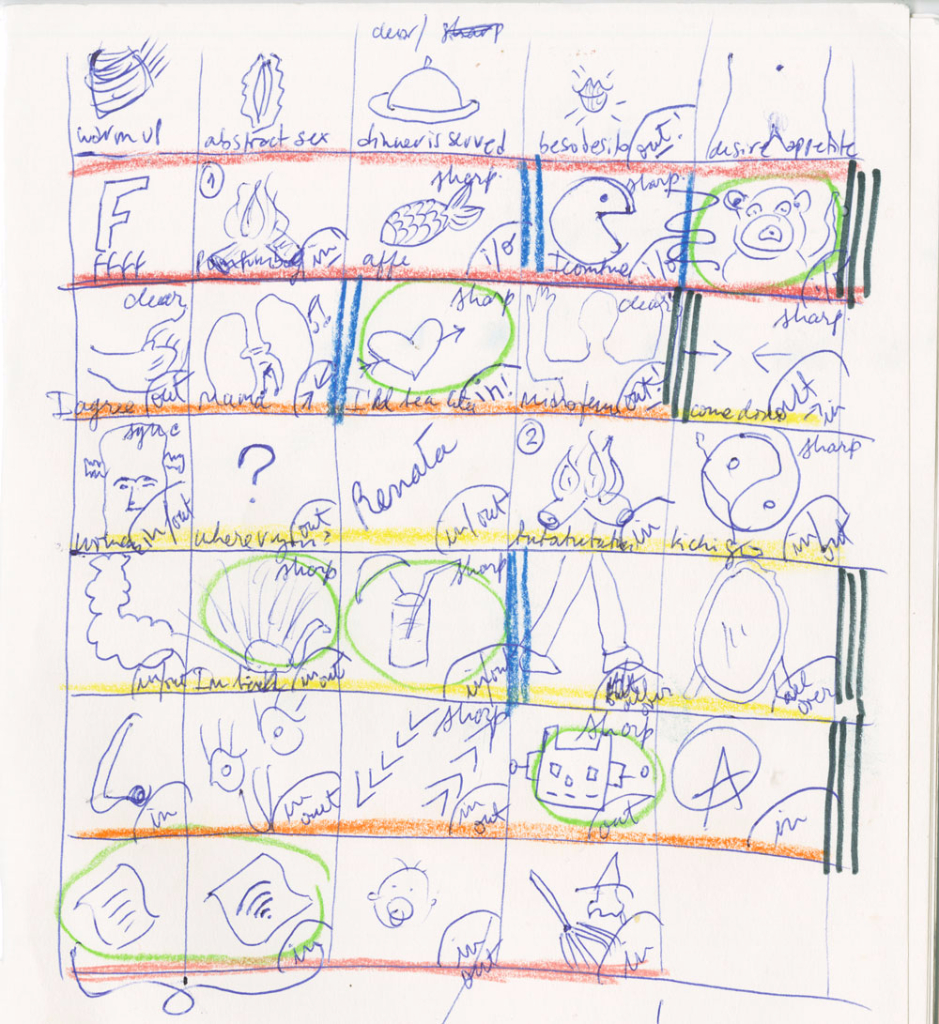
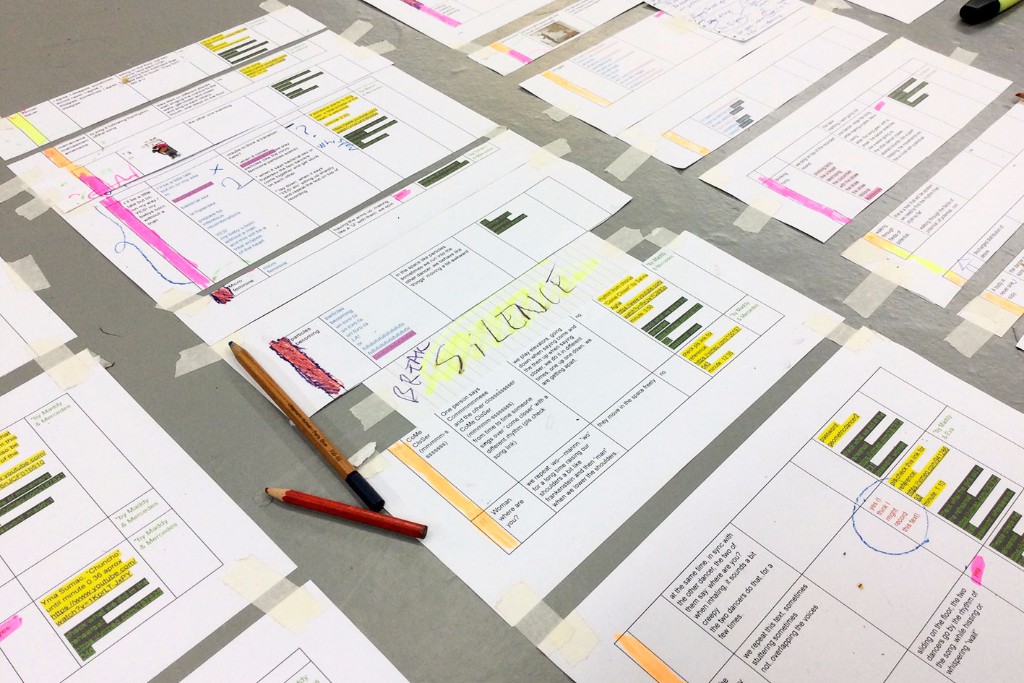
Sound
She doesn’t feel anything in particular,
no hate, no distaste either,
so probably it´s already desire.
But she doesn’t know it.
She doesn’t “speak,”
she throws her trembling body forward;
she lets go of herself,
she flies;
all of herself passes into her voice,
and it’s with her body
that she vitally supports
the “logic” of her speech.
Her flesh speaks true.
She lays herself bare.
she physically materializes
what she’s thinking;
she signifies it with her body
But although the words are there
ready to be howled,
to be mourned,
they are not pronounced.
Such emotions are very subtle,
very deep, very carnal,
also very essential,
and completely unpredictable,
they nest entire lives in the body.
That is voice.
It is a train
passing through your body.
It crosses it.
That’s when one starts to talk
of those emotions
that are difficult to express,
so strange and yet,
suddenly,
they take over you.
(‘Molecular Love’, 2016, script excerpt)
Sound excerpts
Untitled
2017
5’46” Loop 1/3 + PA
Concept: Mercedes Azpilicueta
Interpreters: Madelyn Bullard, Eva Susova, Marion Bosetti, Netti Negunen, Alondra Castellanos Arreola, Setareh Fatehi Irani.
Voice: Anat Spiegel, Mercedes Azpilicueta
Sound editing: Vasco Guedes
Camera: Aimée Zito Lema, Jay Tan, Mercedes Azpilicueta
Post-production: Alice Daneluzzo
Untitled is a video that extracts a few moments of intimacy between two bodies. It is not a documentation of a live work but rather a new proposition, where elements from cinema, sound and movement come together. The micro-encounters the dancers find, whether they touch each other, look for each other, inspect the space or move together are thought to present new ways –extra sensorial, non-rational- to understand the other.
Untitled has also been shown at:
– CAC Brétagny, Brétigny-sur-Orge, France. “Le Final, performances et projections” curated by Céline Poulin. 1 July 17
– Djúpivogur, Iceland. Initiated by Chinese European Art Center (CEAC) in Xiamen, China and the municipality of Djupivogur; curated by Ineke Gudmundsson, Annelie Musters and Sigurdur Gudmundsson. July-Sep 17
– DIXIT, ArteBA, Buenos Aires curated by Javier Villa and Sarah Demeuse. May 17
– Opening ARCO, Madrid curated by Juan Canela and Stefani Hessler. Feb 17
Untitled
2017
5’46” Loop 1/3 + PA
Concepto: Mercedes Azpilicueta
Intérpretes: Madelyn Bullard, Eva Susova, Marion Bosetti, Netti Negunen, Alondra Castellanos Arreola, Setareh Fatehi Irani.
Voz: Anat Spiegel, Mercedes Azpilicueta
Edición de sonido: Vasco Guedes
Cámara: Aimée Zito Lema, Jay Tan, Mercedes Azpilicueta
Post-producción: Alice Daneluzzo
Untitled es un video que extrae momentos de la intimidad entre dos cuerpos. No es una documentación de un trabajo en vivo, sino más bien una nueva propuesta donde elementos del cine, el sonido y el movimiento se combinan. Los microencuentros que entre los bailarines, ya sea que se tocan entre sí, se buscan, inspeccionan el espacio o se mueven juntos, son pensados como nuevas formas –extra sensoriales, irracionales- de entender al otro.
Untilted también fue presentado en:
– CAC Brétagny, Brétigny-sur-Orge, Francia. “Le Final, performances et projections” curada por Céline Poulin. 1 Julio 17
– Djúpivogur, Islandia. Iniciada por el Centro de Arte Europeo Chino (CEAC) in Xiamen, China y el municipio de Djupivogur; curada por Ineke Gudmundsson, Annelie Musters y Sigurdur Gudmundsson. Julio-Septiembre 17
– DIXIT, ArteBA, Buenos Aires curada por Javier Villa y Sarah Demeuse. Mayo 17
– Opening ARCO, Madrid curada por Juan Canela y Stefani Hessler. Febrero 17
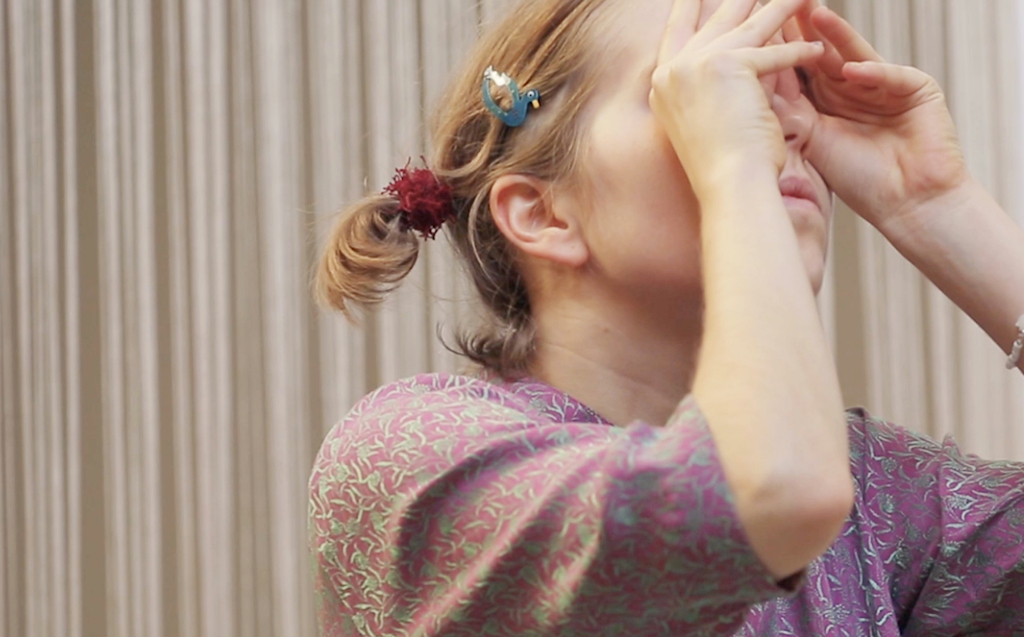
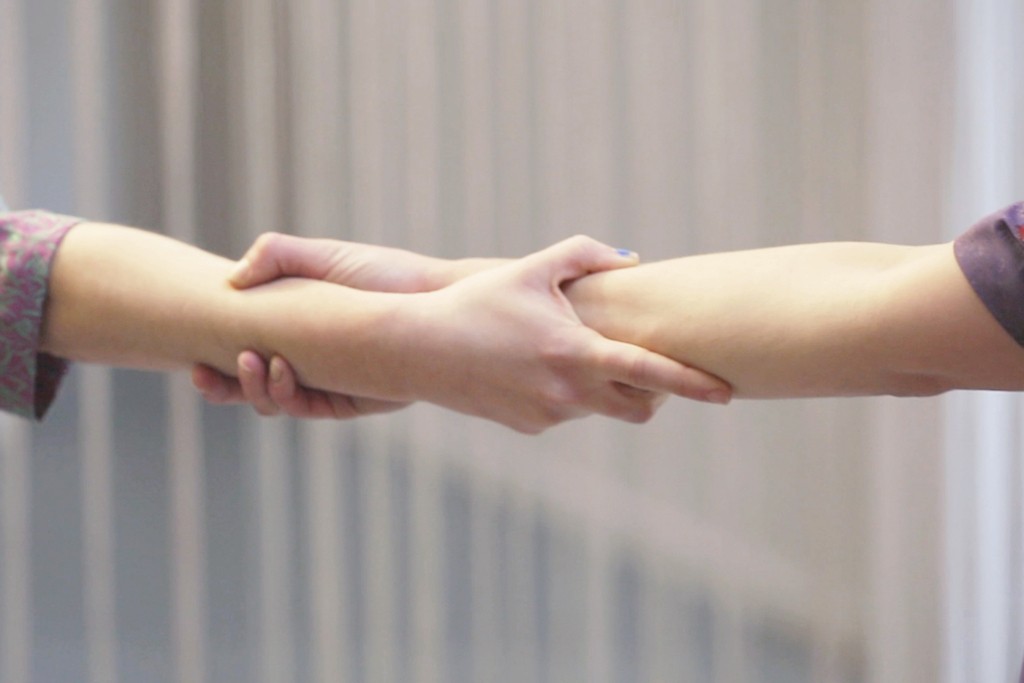
Presentation
Molecular Love was developed during the residency at the Rijksakademie van beeldende kunsten, Amsterdam, the Netherlands (2015/16) and presented for the first time at RijksakademieOPEN, Amsterdam. November 2016.
Following this it has been presented as a solo show at NoguerasBlanchard, Barcelona, 2017 as part of their one-year performative program On affection, and as a performance at FLAM – Forum for Live Art Amsterdam, 2017.
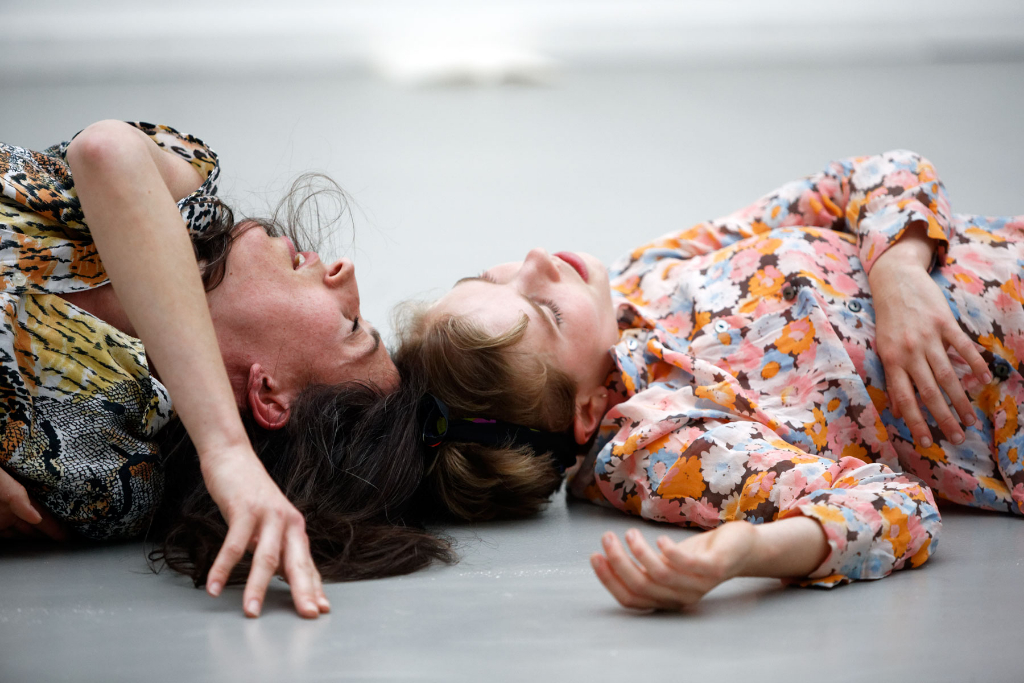
Presentation
Molecular Love fue desarrollado durante la residencia en la Rijksakademie van beeldende kunsten, Amsterdam, Holanda (2015/16) y presentada por primera vez en el RijksakademieOPEN, Amsterdam. Noviembre 2016
Posteriormente, se ha presentado como una exposición individual en NoguerasBlanchard, Barcelona, 2017 como parte del programa performático On affection y como performance en FLAM – Forum for Live Art Amsterdam, 2017.
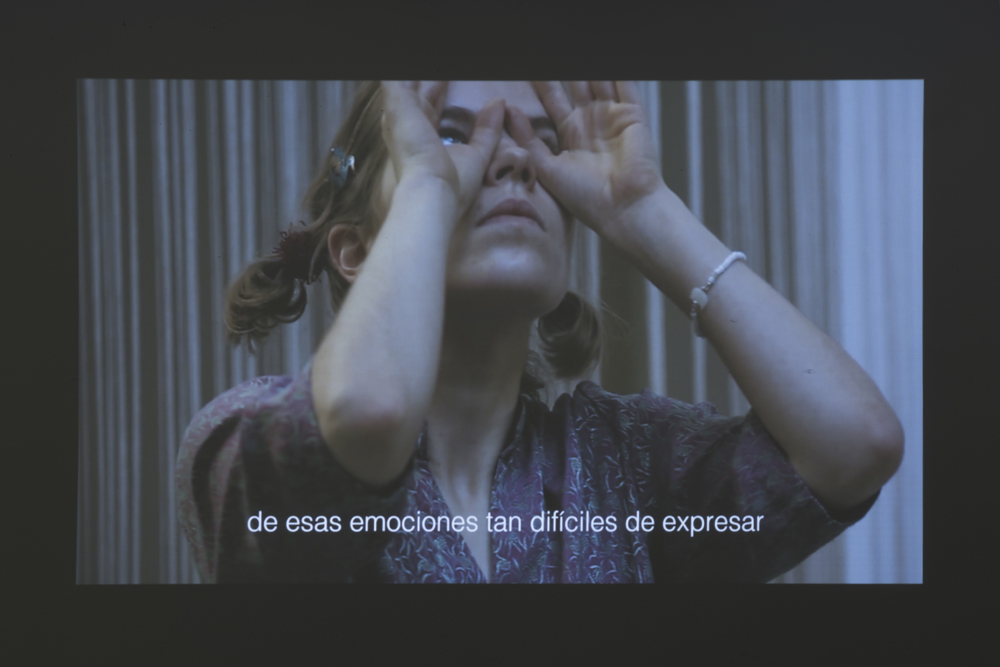
Credits
Molecular Love
2016
live work
ongoing*
*the script takes about 2 hours and can be interpreted several times by different couples of dancers.
Concept, text
Mercedes Azpilicueta
Sound piece
Mercedes Azpilicueta, Anat Spiegel
Vocal arrangements
Anat Spiegel
Sound editing and mixing
Vasco Guedes
Online web development
Patrícia Pinheiro de Sousa
Production assistance
Lola G., Alexander Übelhör
Research assistance
Silvia Ulloa
Choreographed and performed by
Mercedes Azpilicueta, Marion Bosetti, Madelyn Bullard, Alondra Castellanos Arreola, Setareh Fatehi Irani, Maria-Netti Nüganen, Eva Susova
Acknowledgements
Leonardiansyah Allenda, Peter Amposah, Josefin Arnell, Ohad Ben Shimon, Jose Biscaya, Sander Breure, Stephane Calais, Seamus Cater, Pauline Curnier Jardin, Michel de Rooij, Dit Cilinn, Titus Elias,Becket Flanery, Hamza Halloubi, Tamar Tzvia Harpaz, Jan Hopf, Witte van Hulzen, Jaki Irvine, Pieter Lammers, Mauricio Limón, Sohrab Mohebbi, Julia Mullié, Annelie Musters, David Ohlson, Nina Oude Ophuis, Christodolous Panayiotou, Kees Reedijk, Joscha Steffens, Jay Tan, Nick Terra, Vincent van Velsen, Zaza Versteeg, Pieter Verweij, Wytske Visser, Marjolein Vogels, Marijke Warmerdam, Mattie van der Worm, Geo Wyeth, Aimée Zito Lema.
Molecular Love was made thanks to the support of Rijksakademie van Beeldende Kunsten, Fellowship Tom de Swaan, AFK – Amsterdam Fonds voor de Kunst.
RijksakademieOPEN, Amsterdam
November 26-27, 2016

